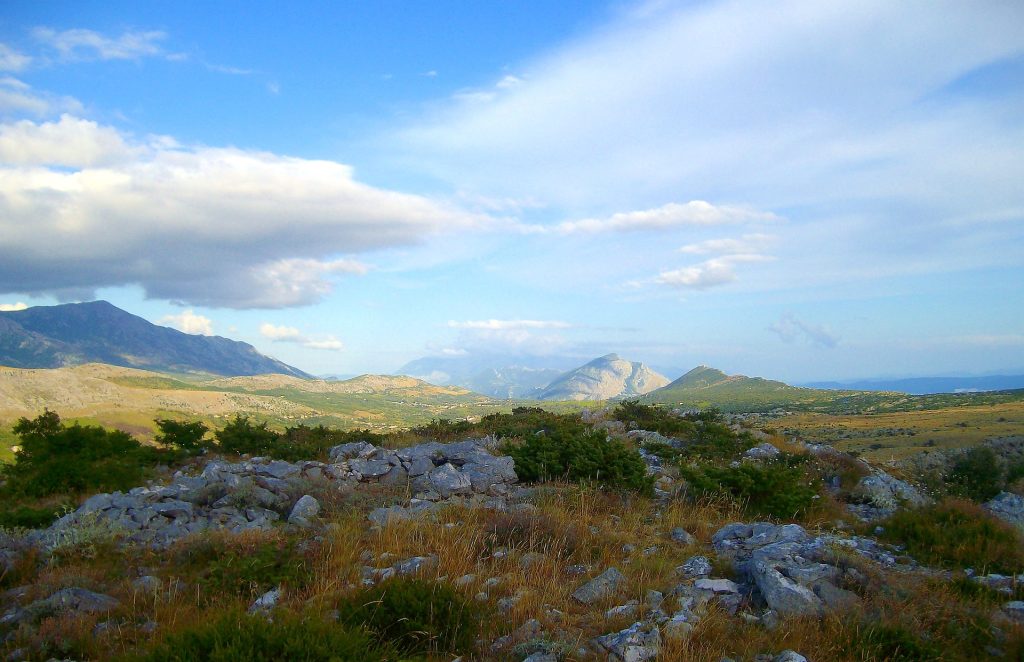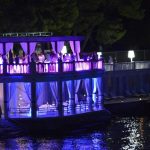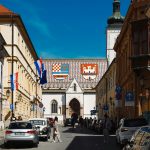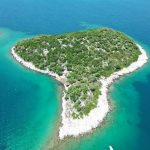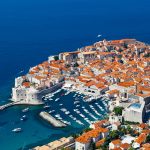As Morski writes, the Herzegovina earthquake was felt across parts of Croatia, particularly in Dalmatia but also in the more continental regions of the country. In the wider Dubrovnik area, damage to residential and other buildings is very much visible. Seismologists have been busy touring the Dubrovnik area’s hills and setting up mobile seismographic devices.
Only twenty kilometres from the epicentre of the earthquake in neighbouring Bosnia and Herzegovina, lies the town of Trnovica on the wider Dubrovnik area’s coast, and the earthquake damage on the hundred-year-old houses in the village can be easily seen.
”You could hear how stones were falling, you didn’t know if the houses themselves were entirely collapsing, it’s dark, you can hear old dry stone walls collapsing and you can’t know if everything around you is caving in or not,” Pero Groseta, a resident of Trnovica, recalls.
”Everything that could have been broken has been broken, our wall has cracked,” said another local Trnovica resident, Antonija Broketa.
The church of St. Hilarion (Sv. Ilar) in Mlini, just south of the City of Dubrovnik, now needs a new roof as a result of the recent Herzegovina earthquake. The recently renovated interior of the church is now full of cracks, HRT reports.
Cracks also occurred in the walls of the building of the kindergarten in Trsteno, but fortunately the statics of the building haven’t been endangered.
”At no time were any of the children endangered, but due to the damage to the facade, and in agreement with the founder, we decided to move the children to a facility in Zaton,” explains Dijana Brkic, the director of Pcelica (Little Bee) Kindergarten in Trsteno..
Seismologists now have their hands full once again, much like they did back in March and December 2020. They’re travelling around the wider Dubrovnik area and setting up new, mobile instruments that they brought with them from Banovina, now synonymous with earthquakes.
”The importance of these devices is to obtain records of all these subsequent earthquakes and tremors that happen every day, even the weakest ones that aren’t felt by humans,” explained Kresimir Kuk, a very well known Croatian seismologist.
”We need to find the quietest possible location, which means that we need to be away from places where there is strong human activity, traffic and so on, so we’re looking for a such a place, but we still need quality electricity and a good internet signal to be able to send information to our centre in Zagreb,” pointed out Snjezan Prevolnik, another seismologist.
The tremors of the ground are still being felt from time to time, and as much as the people of the wider Dubrovnik area are used to tremors, they hope that this situation will calm down quickly.
For more, make sure to check out our lifestyle section.

